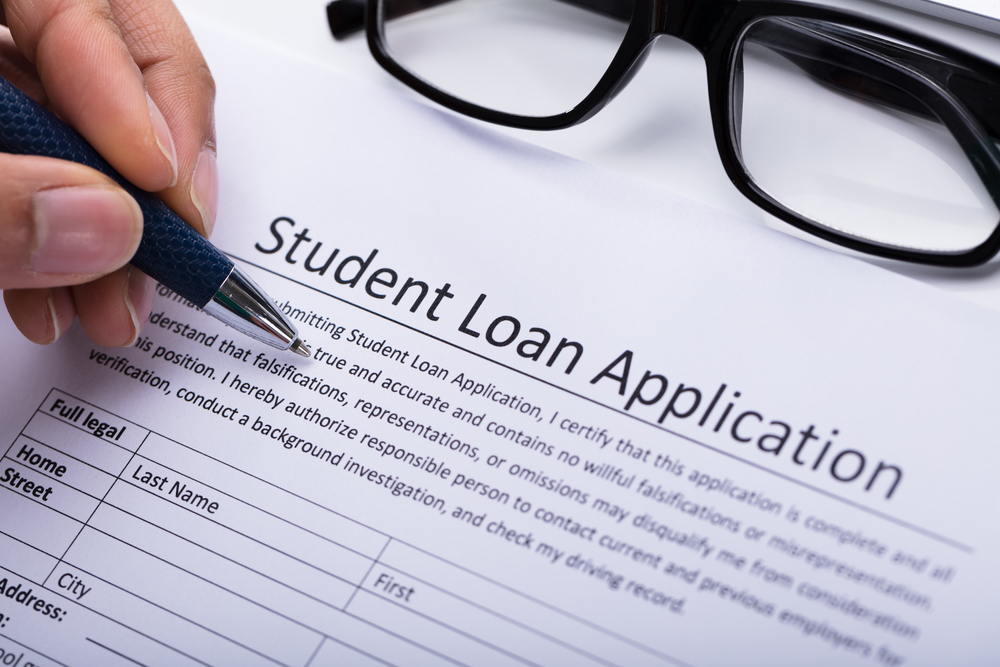 The student loan crisis has reached an all-time high with student loan debt passing $1.5 trillion in the United States. While senators are talking about significant reform and programs that can potentially wipe the debt away, any such programs would likely take years to implement and do not immediately help individuals struggling with paying on their existing student loans. Graduates are looking to alternative methods of addressing their personal financial challenges stemming from student loan debt and are turning to mediation in greater numbers.
The student loan crisis has reached an all-time high with student loan debt passing $1.5 trillion in the United States. While senators are talking about significant reform and programs that can potentially wipe the debt away, any such programs would likely take years to implement and do not immediately help individuals struggling with paying on their existing student loans. Graduates are looking to alternative methods of addressing their personal financial challenges stemming from student loan debt and are turning to mediation in greater numbers.
Many students first turn to an ombudsman for help. This is a person who can often help resolve conflicts involving federal and private student loans. He or she can assess both sides of a loan dispute and help individuals and loan program representatives negotiate a solution. Taking this proactive route can often help avoiding falling into default on a student loan or getting out of default if this occurs. The ombudsman helps the borrower and the loan program representative find possible compromises and corrects mistakes. The ombudsman may help with tracking loan payments, looking into consolidation options, suggesting repayment plans or correcting loan mistakes.
If the borrower is not satisfied with this result or the loan program representative refuses to settle on agreeable terms, the next step may be mediation. During mediation, a loan program stakeholder and the borrower may negotiate for an amicable resolution. This stakeholder should have the ability to take action on the loan, such as reducing a balance, making changes on a payment plan or negotiating a longer repayment term. The parties may be able to reach a mutually satisfactory resolution through this method.
Trained mediators have developed skills in better communication techniques and also rely on their experience in other cases. They may make suggestions that worked in other cases that the parties had not considered. They also will listen objectively to each side and remain neutral throughout the process.




